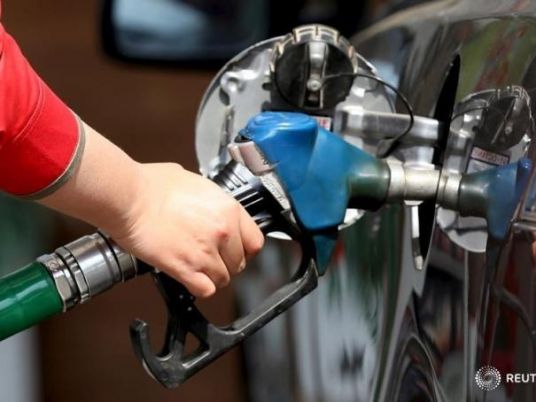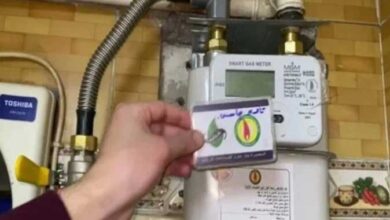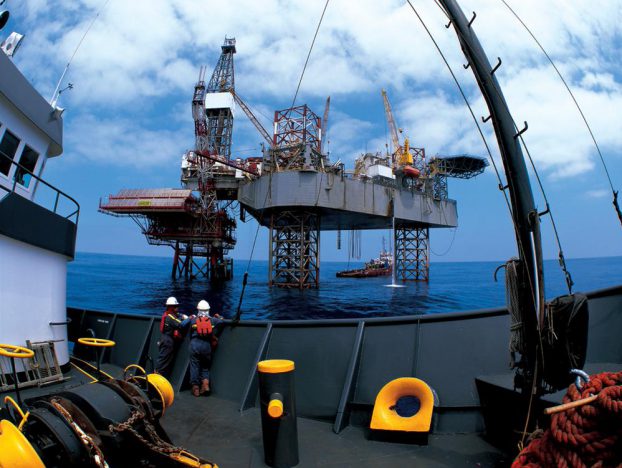In a bold break with precedent, the 2012/13 state budget presented by former Prime Minister Kamal al-Ganzouri and his Cabinet reduced fuel subsidies by LE25 billion.
But more than a month into the first quarter of the fiscal year, no concrete steps have yet been taken to remove subsidies, and the new government appears to lack the capacity for more decisive action.
A coupon distribution system has yet to be launched and industrial subsidies, which officials promised would be canceled in early 2012, remain untouched. Experts say it seems unlikely to happen this year.
The problem, many say, lies in the fact that the country still does not have a system by which to target the segments of society that need subsidies the most.
One of the inherent conundrums of fuel subsidies is that wealthy industries and individuals — the largest consumers of fuel — benefit the most, but meanwhile the wholesale removal of subsidies would greatly disadvantage the poor.
Under Ganzouri, the plan had been to initiate the removal of energy and petroleum subsidies. For years, economists and experts have advised lifting subsidies, which are said to be the largest single burden on the state budget and benefit the poorest classes least of all.
The burden now lies at the feet of Prime Minister Hesham Qandil, who has pledged to make Egypt completely subsidy-free by 2018.
But with new Cabinet members, a dissolved Parliament and crippling shortages of energy products, it remains to be seen who will shoulder the responsibility for starting to roll back subsidies.
Coupons and smart cards
The little that has been released about a government game plan for phasing out subsidies is that it would likely involve coupons or a “smart card” system.
The Petroleum Ministry announced a fortnight ago that it had abandoned the coupon system that had been touted under Ganzouri for a more technologically advanced smart card system, by which consumers would be allotted a certain amount of petroleum products they could purchase.
A project under construction since 2006, the smart card project’s goal is “to improve and facilitate ways to provide services to families,” according to the ministry’s website. The card, once distributed, would “enable the citizen to know the quantities of goods they deserve as well as the prices of these commodities.”
The long-term plan for the card would be for much of the government’s services to be electronically managed. Transportation, pensions and other services could be accessed through them.
The cards have been tried in some governorates with other services, with some success, but not yet in the large urban areas of Cairo and Giza. To become effective this year, cards for petroleum products should have already been distributed throughout the country.
It is just one aspect of general unpreparedness, experts say.
“Further research is needed to adjust subsidies,” Vincent Castel, economist at the Cote d’Ivoire-based African Development Bank Group, says in his recent report on Egypt’s subsidies system. “Since the goal is to redirect subsidies towards lower income households, it is important that the government undertake research to get a better idea of the consumption behavior of households according to their income.”
On top of questions about the government’s capacity to allocate fuel on the basis of income, ministry officials have also engaged in a fair amount of finger-pointing over whose responsibility it is to get the coupon program off the ground.
Since it was proposed last year, Ganzouri’s government repeatedly postponed the “coupons for canisters” program by which citizens would be allocated a specific number of subsidized butane tanks. Amid a long-term butane tank shortage, officials cited fears of black market trading of coupons as the reason it did not make its May deadline.
Supply and Domestic Trade Ministry officials blamed the Petroleum Ministry for failing to get butane dealers to agree on a price margin. Petroleum Ministry sources said the Cabinet was responsible for setting program regulations.
Pressure building
From 2011 to 2012, Egypt has spent more than 20 percent of total government expenditure on subsidies. Politicians have described them as a tool of the former regime to benefit business and to buy votes.
There are also actors that could affect this year’s ambitious subsidy cut, particularly the International Monetary Fund.
A proponent of free-market economies where governments subsidize as little as possible, the fund has been in on-and-off again negotiations with Egypt for a large loan that would bolster the struggling economy. The loan would also help Egypt bring back foreign investors, hesitant amid the political shakeup.
With the visit of IMF head Christine Lagarde to Cairo and a high likelihood of the fund giving a US$4.8 billion loan the green light, Egypt will likely remain under pressure to remove subsidies.
But IMF leaders are likely to be unimpressed by the failure to implement concrete steps so far. One expert advising the IMF on Egypt’s current situation tells Egypt Independent that the fund is likely to take the country’s SCAF-approved budget back to the drawing table because of the lack of preparation for cutting subsidies.
“They would like to be assured that it will be implemented,” the source says. “When it comes to policies and decisions to change policies in order to achieve the budget call, there has to be a very clear mandate that what is being budgeted is backed up by policies.”
Gas exports increase amid hard times
The Petroleum Ministry increased exports of liquefied natural gas in the past year, through the Damietta plant, to generate hard currency, Al-Masry Al-Youm ministry sources said on 13 August.
The news comes after a month of nationwide power outages caused by fuel shortages at power plants, and contradicts statements of government officials such as Prime Minister Hesham Qandil.
“We consume all our natural gas production, except 0.03 percent that goes to Jordan, just for the upkeep of the export production line,” Qandil said on 12 August.
The newspaper’s sources said additional export quantities came after exports to Israel and Jordan were halted due to the repeated explosions of the North Sinai natural gas pipeline, and after many high-consumption fertilizer plants ceased production — both sources providing some 350 million cubic feet of natural gas per day.
The latest report by the Cabinet’s Information and Decision Support Center said exports of natural gas and its derivatives in the first five months of this year increased by 8.9 percent to $964.4 million versus $885.7 million during the same period in 2011, marking a surplus of $78.7 million.
The report also said the increase in exports coincided with a decline in production from January to May 2012 of 1.59 percent, going down to 19,279 tons, compared to 19,591 tons during the same period last year.
This piece was originally published in Egypt Independent’s weekly print edition.




